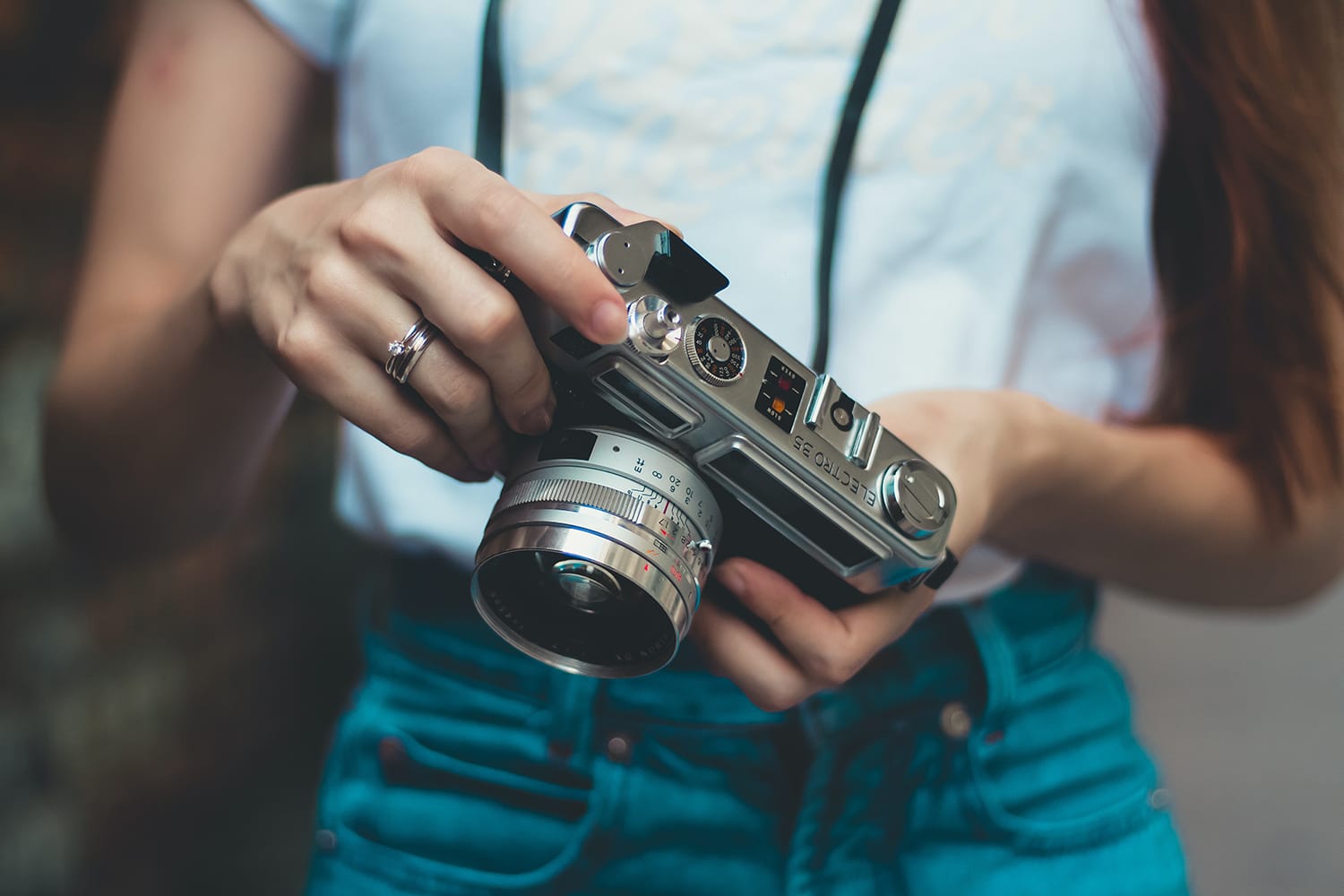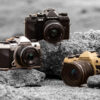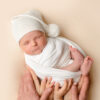Credit: contrastly.com
Shoot In Manual Focus
At first, I didn’t like the hassle of using manual focus over autofocus. I felt angry as almost all of my photos were coming out blurry in certain places. But one of my photographer friends was keeping me accountable to practice every shot only in manual focus.
Slowly, as I concentrated on using manual focus, I saw how much difference it made to each and every photo I took. Photos became crispier, and I was behind the lenses to command where the focus should go. It was empowering and fun.
Now there are so many AF points in DSLR. So, when there’s the easiest way to capture photos with autofocus, you must be wondering why I am talking about manual focus (MF). I will tell you shortly after why you should start shooting with manual focus and how.
Why Use Manual Focus for Taking Photos?
Even though our new DSLR models come up with multiple AF points, the manual focus has its own fan base. But as a novice photographer, it may feel that using MF is a waste of time. However, the reality is somewhat different. That’s the reason most well-known photographers shoot in manual focus.
- Manual Focus Helps In Low Light Situation
- You probably have encountered a situation where the photography surroundings are dark, and the camera’s autofocus mode is betraying you completely? If yes, you know how your lens is making sound, trying to focus on a particular point but failing and again readjusting.
- Even when it’s trying hard, you are not receiving any beep sound that tells you that it has finally focused on something. Therefore, it is time for you to focus manually.
- Cameras can’t focus properly in the low-light situation. But you can turn on the MF mode and focus with the viewfinder’s help. All you have to do is, use the focus ring of your lens for accurately selecting your subject.
- The first time I faced the situation was when I visited Lachen, a town in the mountains of Sikkim, India. We reached the place during dusk and were enamored by the surreal beauty of the place. Immediately, my heart summoned my DSLR to capture the enchanting beauty of the moment. While the setting sun was painting the snow-clad mountain tops with its color, the region beneath it was covering itself in darkness. Even though there was a contrast in tones, I was not able to capture what drew my eyes. An eagle was sitting on the top of a tree with a background of the sun-kissed mountain. My camera was autofocusing on the mountain as it was the prominent subject. That’s the time I was forced to tune into MF but still failed to capture it due to no prior experience. It was a missed chance but definitely pushed me to practice shooting in manual focus.
- Focusing On Only Your Choice Of Subject
- When we want to convey a story by positioning the subject, the subject should be on that subject. Specifically, when your frame has too many layers across a scene, you would want to drag the attention to a particular subject.
- If you don’t use the MF, the autofocus mode will keep snapping other elements inside the frame. That’s the time when MF comes to your rescue and lets you choose the subject on your own.
- Nailing A Shot In Low Contrast
- Autofocus mode may not always give you your intended results when you want to shoot an image in low contrast. You probably have faced it yourself while shooting in a place where there are very few different tones.
- It means the subject may not have many definitions or the right amount of contrasts in particular areas. But that doesn’t mean that you won’t be able to shoot in these situations. Turn on your MF mode, and you will be capturing some magical shots.
- Photographing Fast-Moving Subjects
- I love the photographs where a moving subject is in focus, and everything else is blurry. I haven’t master it yet, but I am practicing. Usually, you will get a small window for capturing a masterpiece in this situation. In order to capture fast-moving subjects, you have to study the subject well or assess how it will act. You can take some test shots beforehand to guess its movement prior to the main shots. Here, you have to switch to MF for sharp images.
- Macro Photography
- I am completely new to Macro photography and using used Nikon lenses, an AF Micro-Nikkor 200mm IF-FD, and an AF Micro-Nikkor 60mm f/2.8D. So, you are wondering why I am talking about Macro photography then? It’s because of the importance of Manual Focus in Macro photography.
- In Macro photography, we take close shots of anything that’s super-close to the macro lenses. Therefore, we need wide apertures, which means your focus should be sharp. Manual focus allows you to be creative and experimental in Macro photography.
You can set your lenses for Manual Focus instead of Autofocus if you are new to photography. It will allow you to have a good experience shooting in different environments and experiment with your shots.
Today’s technology has advanced the autofocus mode in new DSLRs. Of course, I am not here to tell you to discard shooting in autofocus. I am encouraging you to see how creative you can become when you shoot in manual focus. Also, you will find it’s adding immense value to your photography journey.









